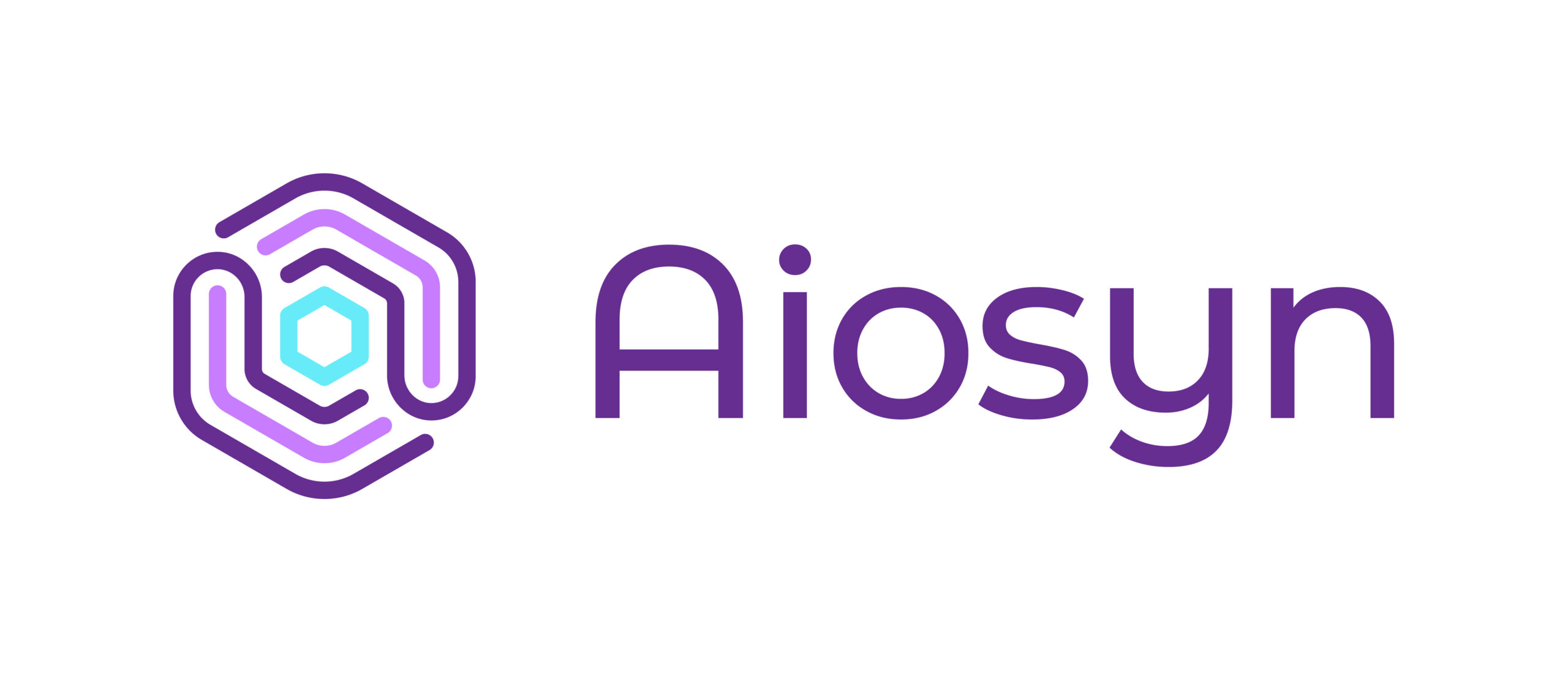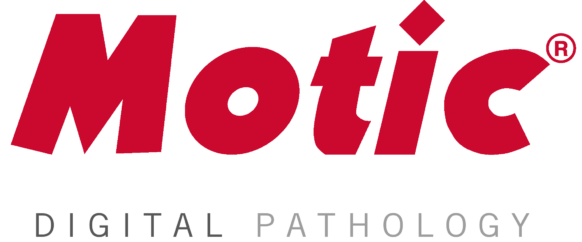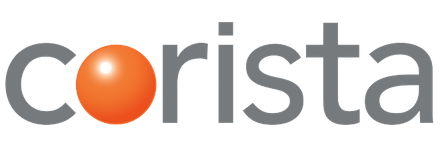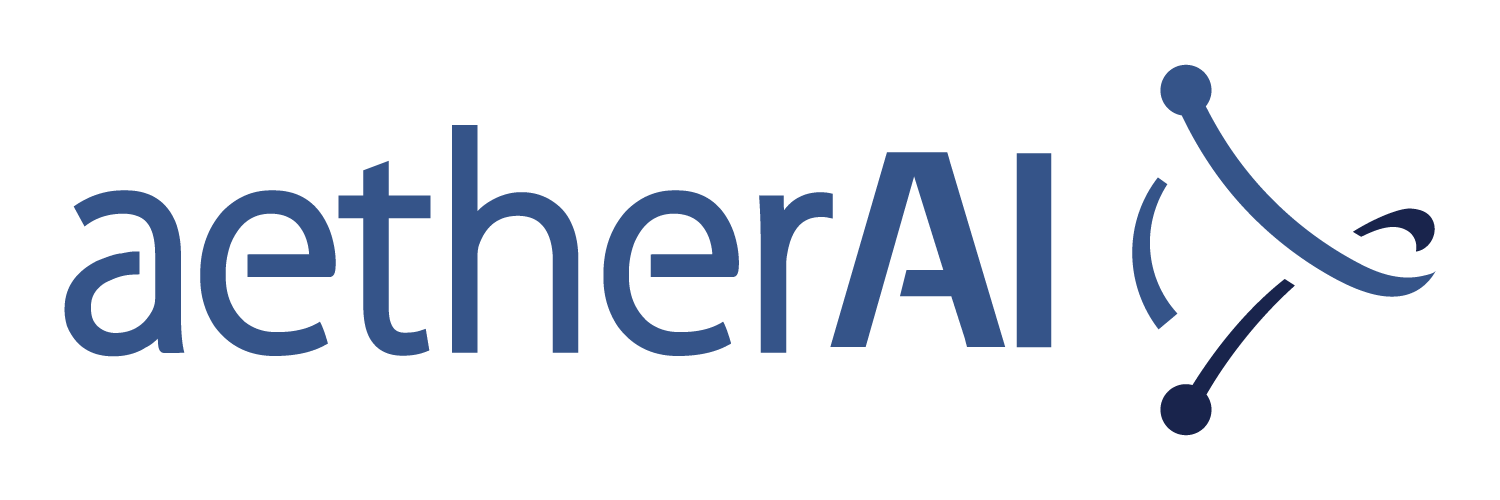Aiosyn Case Study: Automating Radboudumc’s digital slide Quality Control with AiosynQC
 Key takeaways
Key takeaways
- Avoiding workflow bottlenecks: Processing ~1,200 slides daily, Radboudumc faces the challenge of maintaining high-quality WSIs without disrupting efficiency. A comprehensive manual artifact inspection would require over 10 additional hours of labor daily, creating a significant bottleneck.
- Streamlined quality control (QC): Radboudumc successfully integrated AiosynQC into its digital pathology workflow, automating artifact detection in histology slides while reducing manual effort.
- Proactive artifact detection: AiosynQC assists technicians in addressing flagged issues early in the workflow, preventing poor-quality slides from reaching pathologists and minimizing the need for late-stage rework.
- Foundation for future advancements: AiosynQC sets the stage for further automation, including innovations such as macro-image verification to ensure tissue integrity and alignment with paraffin blocks, further improving efficiency.
Introduction
Radboud University Medical Center (Radboudumc), located in Nijmegen, the Netherlands, is one of the country’s largest academic hospitals. Serving over 175,000 unique patients annually, Radboudumc is a leader in healthcare innovation, research, and education. With a strong focus on prevention, meaningful and prudent healthcare, data-driven systems, and artificial intelligence, Radboudumc is committed to improving patient outcomes while streamlining medical workflows.
This case study highlights how Radboudumc is leveraging AiosynQC [1], an AI-powered quality control (QC) solution for artifact detection in histology slides, to enhance its digital pathology workflow.
Addressing slide and image artifacts in digital pathology workflows
Artifacts introduced during slide preparation, such as tissue folds and air bubbles, or scanning errors like out-of-focus areas or white balance problems, can compromise the quality of whole-slide images (WSIs). These quality issues make sample analysis more difficult by rendering some regions unreadable, ultimately hindering or preventing a pathologist’s diagnosis. When artifacts are detected late, the affected samples must be retrieved again for rescanning, or new slides prepared, resulting in delays in diagnosis and treatment and increased workload. Therefore, ensuring high-quality WSIs early in the workflow is essential for accurate, efficient diagnoses and timely patient care.
Before AiosynQC: Manual quality control challenging due to high volume and low artifact occurrence
Radboudumc’s pathology department processes approximately 1,200 slides daily in a fully digital workflow. As part of the preanalytical steps, laboratory technicians verify that WSIs match the corresponding paraffin blocks and that all tissue sections are scanned. Some low-quality images are detected at this step. However, due to time constraints and the relatively low incidence of artifacts, technicians do not exhaustively check all slides to ensure the absence of issues like out-of-focus regions or tissue folds, which are often not visible at low magnification. Although the overall digital slide quality at Radboudumc is high, occasional poor-quality images still reach the pathologists.
The most common artifacts encountered include out-of-focus areas and white balance errors, which require rescanning the sample. Some focus problems are only discovered during diagnosis, delaying pathology assessments and extending diagnostic timelines. A more thorough artifact inspection could further reduce the number of slides returned by pathologists. However, it would also add over 10 hours of labor daily, creating a substantial bottleneck earlier in the workflow. To overcome these challenges, Radboudumc has implemented AiosynQC for automated artifact detection, analyzing all WSIs at the pixel level without introducing delays.

After AiosynQC: Automated artifact detection to ensure high-quality WSIs

AiosynQC introduced AI-powered automation to Radboudumc’s QC process, addressing these challenges proactively. Integrated seamlessly with the hospital’s IMS and pathology viewer (Sectra), AiosynQC analyzes WSIs in real time, detecting and highlighting common artifacts in H&E and IHC slides. Key features include:
- Zero-click workflow: Once WSIs are scanned, AiosynQC is triggered automatically. Results appear directly in the Sectra viewer without requiring additional steps from the technicians.
- Rapid processing: AiosynQC can analyze a slide in as little as 2 minutes, processing up to 50 images simultaneously, ensuring continuous analysis in the background without introducing delays.
- Proactive artifact detection: Technicians can address flagged issues, such as out-of-focus slides, immediately, reducing late-stage rework and improving diagnostic timelines.
- Quality before clinical-grade algorithms: AiosynQC improves the workflow and eases the identification of high-quality images that could be used as data inputs for separate AI algorithms.
By automating artifact detection, Radboudumc has enhanced its ability to maintain high slide quality while alleviating the workload for laboratory staff. This has resulted in more efficient pathology workflows.
“I am excited to see AiosynQC fully integrated and seamlessly supporting our lab technicians. It is a great help to catch artifact-affected slides before they reach our pathologists without requiring zoom-ins to manually inspect the images.”Prof. Katrien Grünberg, MD, PhD, Head of the Department of Pathology at Radboudumc

It is important to note that while AiosynQC improves workflow efficiency by reducing the time spent on manual checks, it does not alter the quality or content of the scanned WSI images. Although it does not directly impact patient diagnosis outcomes, implementing AiosynQC can reduce the workload for technicians, contributing to improved efficiency and better overall work-life balance.
Advancing automation and driving digital slide quality insights
Detecting low-quality slides automatically during the pre-analytical phase is just the first step in Radboudumc’s journey to streamline pathology workflows. Future plans include using the macro images generated by the scanner to automatically confirm that WSIs match the corresponding paraffin block and no tissue was missed by the scanner or elsewhere in the process. This will remove the need to open every digital slide and will allow technicians to focus on samples flagged due to the presence of artifacts or a block mismatch, further reducing manual effort and enhancing efficiency.
Beyond automating artifact detection, Radboudumc aims to leverage actionable insights to continuously monitor and enhance pre-analytical processes. Powered by AiosynQC’s AI analyses, the laboratory gains comprehensive evaluations of digital slide quality. These insights empower the laboratory to identify workflow optimizations, refine technical setups, and guide targeted training initiatives to enhance staff skills and competency levels, assisting lab managers and histotechnicians in ensuring consistent, high-quality results.
“I am very pleased with AiosynQC; the tool provides valuable support in identifying unreadable slides earlier in the workflow, ensuring efficient quality checks. I am excited about upcoming developments that will enable us to assess whether all tissue remains intact during the grossing, processing, cutting, staining and scanning process.”
Susan van den Kieboom-Hageman, Pathology Team Leader at Radboudumc.
Conclusions
The integration of AiosynQC into Radboudumc’s digital pathology workflow has brought significant improvements. The ability to identify artifacts without additional checks at higher magnification allows laboratory staff to do the necessary rescans earlier in the process and before impacting the timeline of pathology assessments, reducing delays. The zero-click workflow and rapid analysis minimize manual effort, saving time and streamlining processes. Additionally, precise and comprehensive data obtained from AiosynQC’s analysis can support continuous improvements in laboratory processes and staff training.
This case study describes the implementation and first advantages of integrating AiosynQC into Radboudumc’s pathology department. As every laboratory has specific processes, the outcomes and benefits may vary. For instance, facilities with higher artifact incidence or extensive manual QC (e.g., exhaustively checking all or a large subset of their WSIs for artifacts) can achieve higher efficiency enhancements. Additionally, AiosynQC opens the door to further automation and speed gains that we aim to explore in future studies.
—–
1. In the EU and the UK, AiosynQC is not considered a medical device under European IVDR and UK MDR legislation, respectively. AiosynQC tool is not intended to be used as an accessory to, nor is it necessary to be used in combination with any AI or other medical devices to specifically enable them to meet their intended purpose or directly assist in their functionality.
SOURCE: Aiosyn































